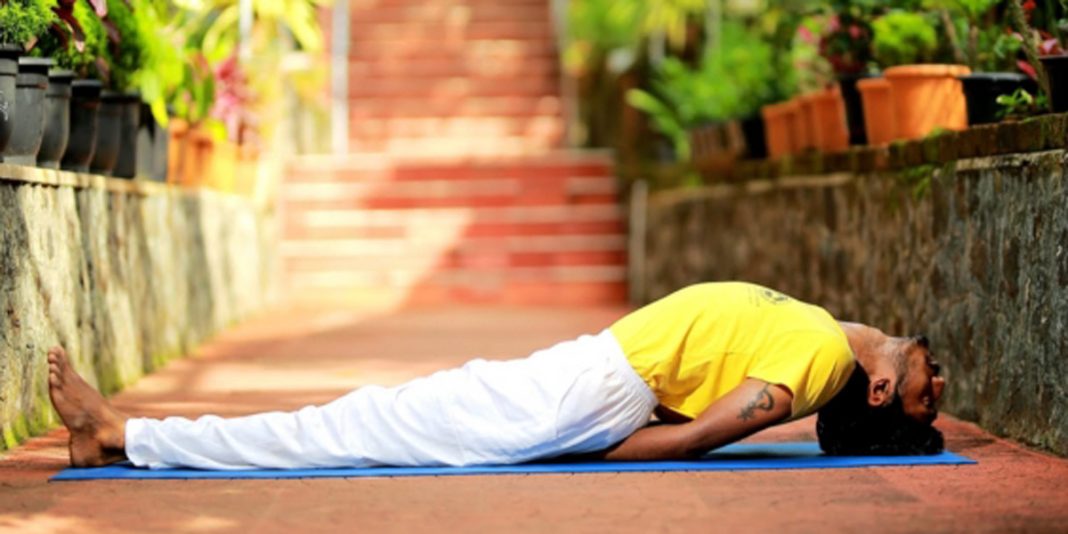Yoga and Ayurveda are sister sciences and are considered to be complimentary healing disciplines of India. Even though each modality has its specific approach to body-mind health, they overlap in their healing approach at various levels. While the purpose of both Yoga and Ayurveda are the same, Yoga is more a Vedic system of Sadhana for self-realization while Ayurveda is the Vedic system that sets the universal rules of right living, self-healing, and medication. When the two come together your life becomes a Sadhana, or practicing right living on a daily basis.
Ayurvedic Yoga reflects a Vedic approach to right living by supporting body and mind with Yoga and Ayurveda practices. Both disciplines teach us to align ourselves with the higher universal energies as the root level solution for body-mind health.
Ayurveda helps implement the Yogic approach by classifying body and mind as different individual constitutional types, focusing on the fact that each person is different from an energetic standpoint. Ayurveda offers an approach to classify a person on the scale of specific body energy types (Vata, Pitta, or Kapha) and specific mind type (Rajas, Tamas, and Sattva). With that understanding, the approach to practicing Yoga becomes more oriented to ‘individual constitution’ in order to bring about harmony in the physical and psychological states of a person. Thus, Ayurvedic Yoga focuses on the fact that just as you must eat right for balancing the body and mind tendencies, similarly, you must practice yoga in a way that is right for your individual constitution type.
Why practice Ayurvedic Yoga? Yoga asanas are designed according to an individual’s Ayurvedic constitution help achieve inner balance, taking body into a state of homeostasis. As per the Ayurvedic Yoga approach, a Yoga asana modifies the energetic channels of the body which have a direct impact on our physical and psychological self. Thus, practicing in alignment with your energetic self not only helps the body correct imbalances, but it also has a healing impact on the mind, emotions, and psychological disorders. To support deeper healing, Ayurveda also offers an internal medicinal approach, including diet, herbs and therapies.
When practicing Ayurvedic Yoga, you first identify your individual constitution as per Ayurveda’s pattern mapping system. The classification is done at two levels:
1. On the basis of the three gunas: Sattva, Rajas, and Tamas that map you on the scale of your mental/emotional make-up, and
2. On the basis of the three doshas: Vata, Pitta, Kapha, that represent the psycho-physical model of balancing body-mind conditions.
Asana practice can be performed by considering these two body-mind energetic models to help increase or decrease the effects of dosha and bring about internal balance. The use of concentrated breathing techniques is of utmost importance as breath can be used to modify the energetic effects of asanas. Engaging the mind with an intention also plays a huge role in the Ayurvedic Yoga approach, as energy follows where the mind and our intention goes. Therefore, unity of asana, prana, and mind can be adjusted in a way to get the desired energetic result.

